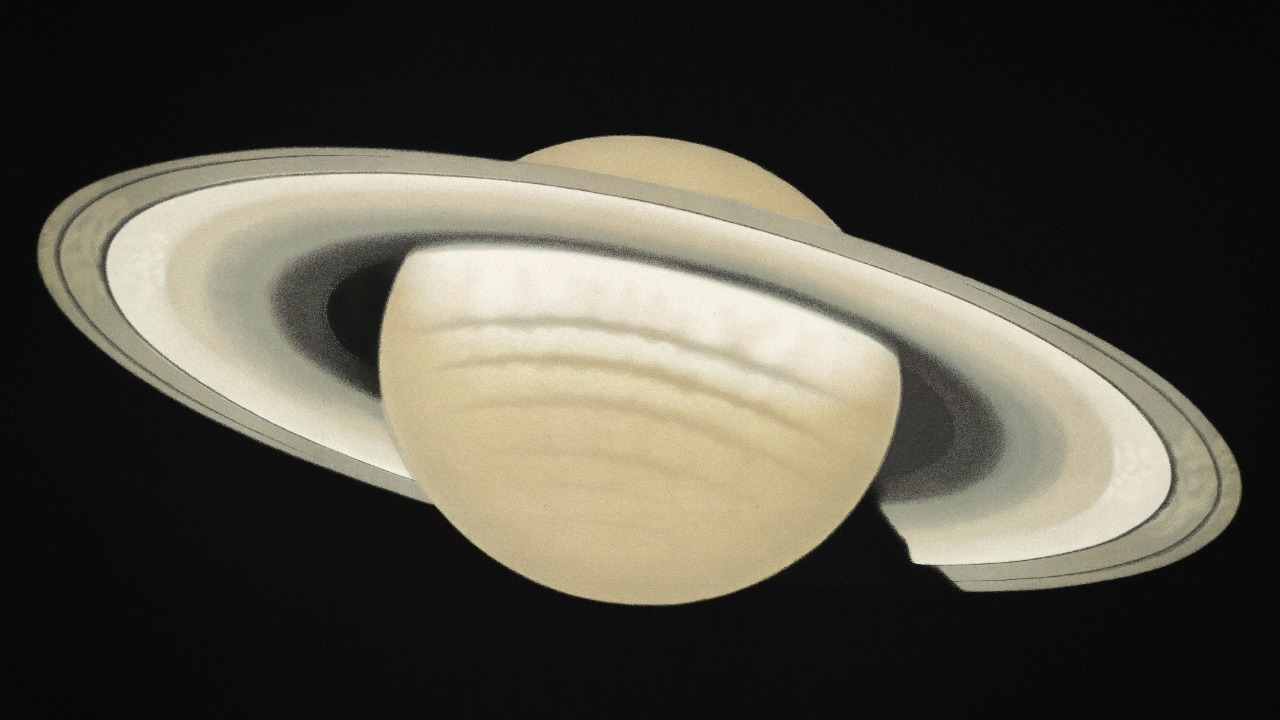
Recent discoveries of new moons orbiting Saturn have sparked renewed interest in the processes behind the planet’s ring formation, challenging established astronomical theories. As scientists delve deeper into Saturn’s complex satellite system, they must reconsider how these natural satellites might influence or be influenced by the iconic rings. The findings have broad implications for understanding Saturn’s rings and their potential origin.
The Discovery of New Moons
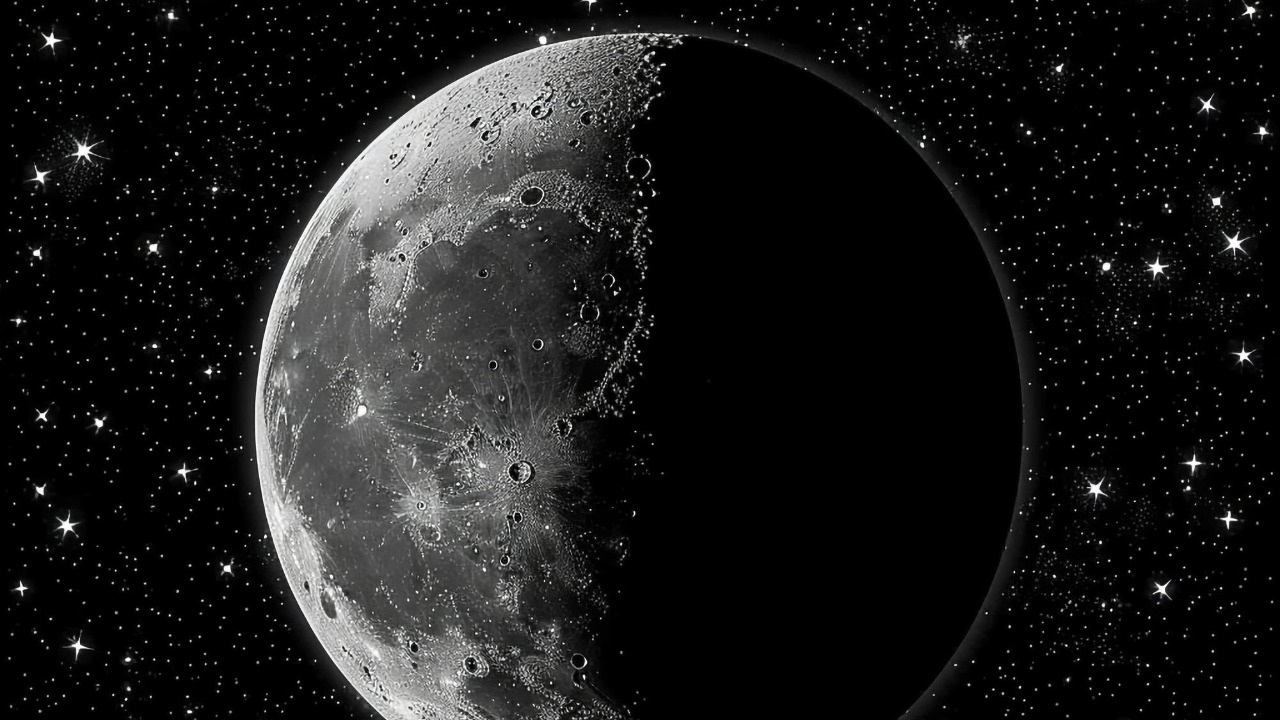
Recent advancements in astronomical technology have led to the discovery of several new moons orbiting Saturn, thereby expanding our understanding of its intricate satellite system. Researchers have identified 62 additional moons, raising Saturn’s total to a staggering 145, surpassing Jupiter’s count. These moons, mostly small and irregularly shaped, were detected using powerful telescopes and refined observational techniques, highlighting the continuing evolution in space exploration capabilities.
The implications of these discoveries are profound, as they offer fresh insights into Saturn’s gravitational dynamics. Understanding how these new moons fit into the existing hierarchy is crucial for grasping the planet’s complex satellite interactions. The newly found moons might hold clues about the processes that govern the formation and stability of planetary rings, potentially revising long-standing models of celestial mechanics. As scientists analyze the orbits and compositions of these moons, the potential for new theories and models emerges, reshaping our comprehension of Saturn’s satellite system.
Theories of Ring Formation
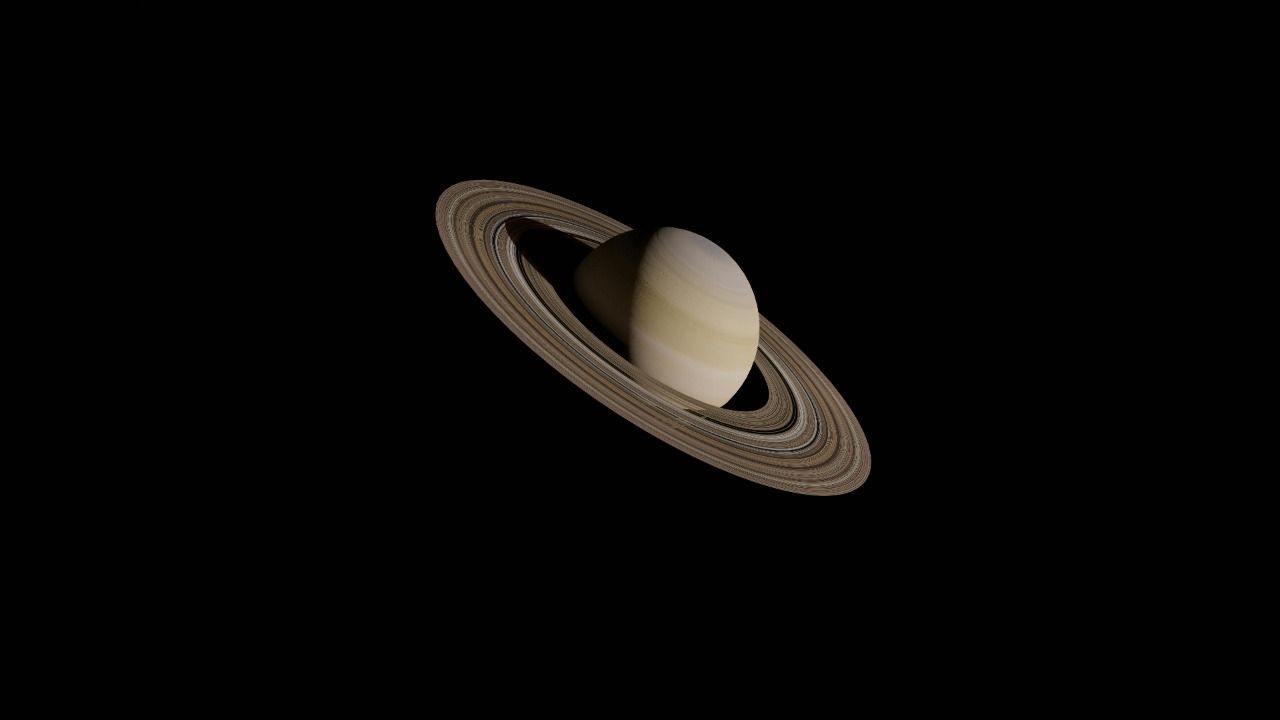
Saturn’s rings have fascinated astronomers for centuries, and traditional models suggest that they formed from icy and rocky debris orbiting the planet. According to these models, the rings may have originated from comets, asteroids, or even larger celestial bodies that were torn apart by Saturn’s gravitational forces. This process would have resulted in the accumulation of particles that eventually coalesced into the rings we observe today.
However, recent studies have raised questions about these long-held theories. Some scientists propose that Saturn’s rings may have formed from ancient moons that were destroyed by the planet’s gravitational pull. This hypothesis suggests that the remnants of these moons contributed to the ring system, offering a new perspective on the rings’ origin. A recent study challenges traditional views and supports the idea that the rings could be much younger than previously thought, potentially revolutionizing our understanding of ring formation processes.
Interactions Between Moons and Rings
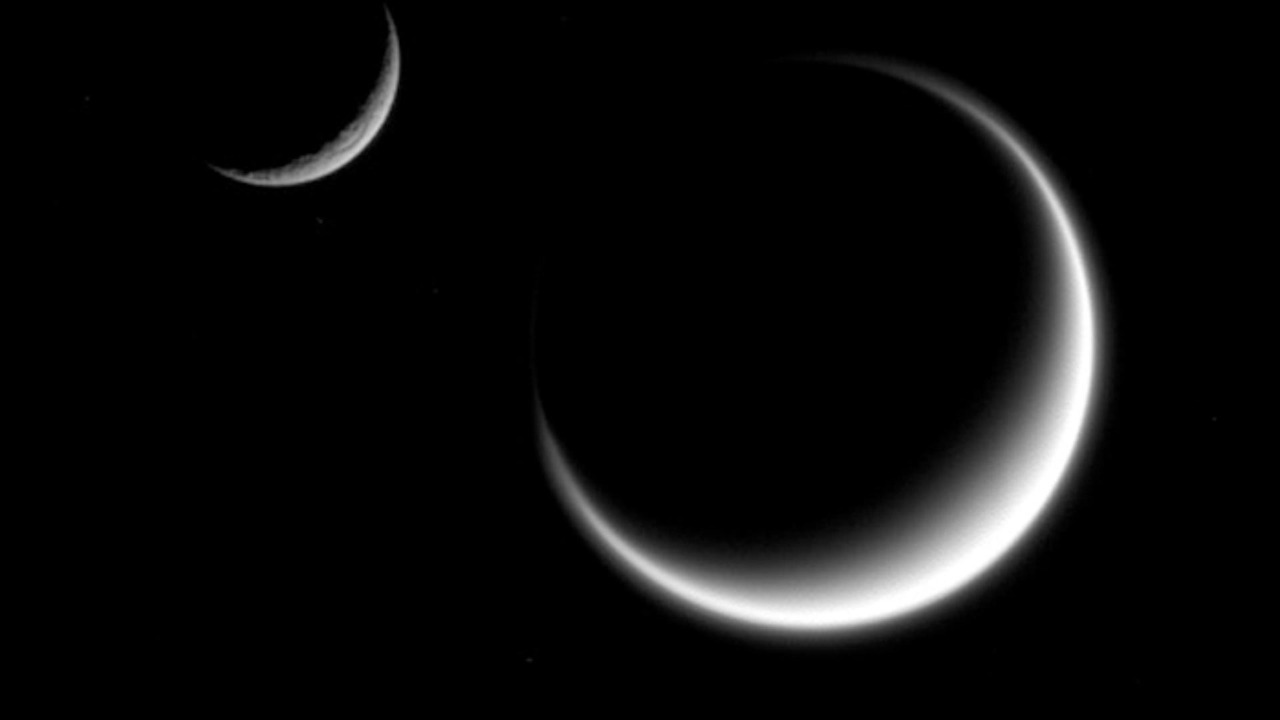
The gravitational interactions between Saturn’s moons and its rings play a crucial role in shaping the structure and stability of the ring system. Simulations and observations suggest that the gravitational pull of the moons can create waves and gaps within the rings, influencing their overall dynamics. As moons orbit Saturn, their varying gravitational forces can lead to complex interactions that affect the distribution and density of ring particles.
Moreover, the potential for material exchange between the rings and moons adds another layer of complexity to this celestial dance. Particles from the rings may be captured by the moons, while material from the moons could be ejected into the rings. This exchange can lead to significant alterations in both the rings and the moons over time. Understanding these interactions is vital for unraveling the mysteries of Saturn’s ring system and how it has evolved over millions of years. A discussion on Reddit explores the idea that Saturn’s rings might eventually coalesce into new moons, further highlighting the dynamic nature of these interactions.
The Role of the James Webb Space Telescope
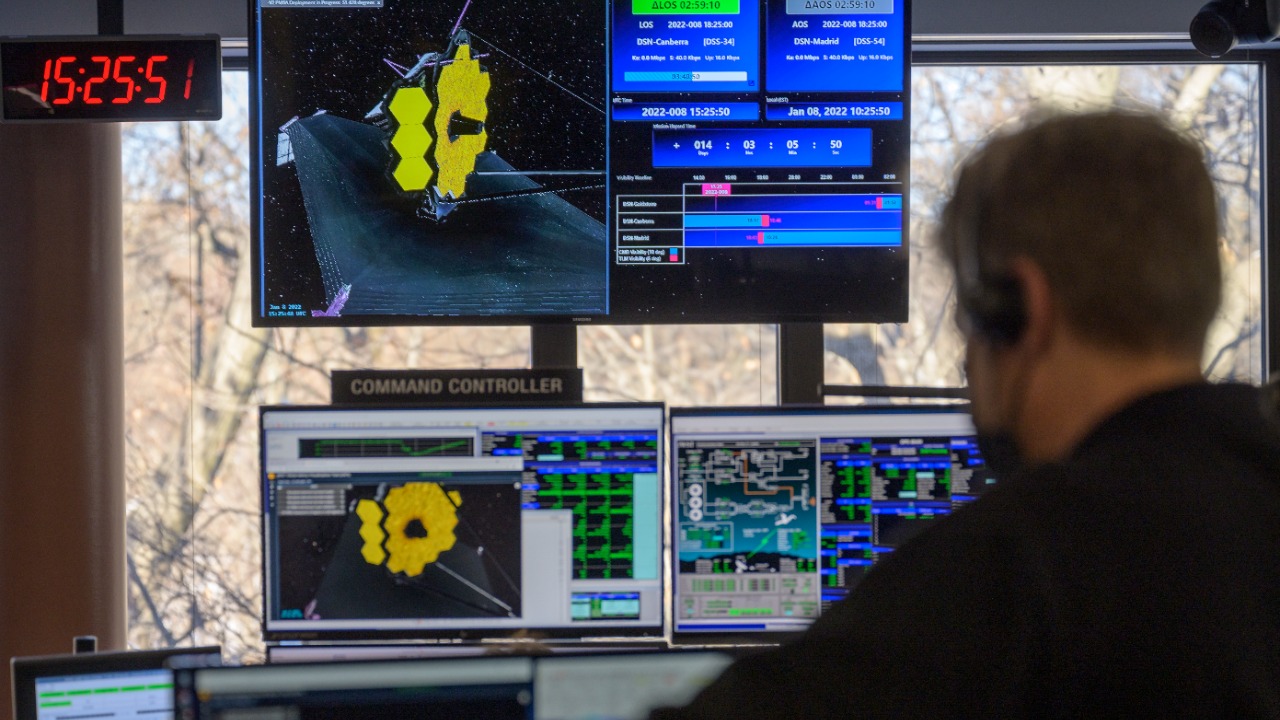
The James Webb Space Telescope (JWST) is revolutionizing our understanding of Saturn’s moons and rings with its advanced observational capabilities. By providing high-resolution images and detailed spectroscopic data, the JWST is uncovering new insights into the composition and dynamics of these celestial bodies. Its ability to observe in the infrared spectrum allows scientists to analyze the chemical makeup of Saturn’s rings and moons, shedding light on their formation and evolution.
One significant finding from the JWST is the detection of carbon dioxide on Saturn’s icy moons. This discovery has profound implications for understanding the composition and origin of the rings. The presence of carbon dioxide suggests that the rings may have formed from materials rich in organic compounds, possibly hinting at complex chemical processes at play. For more details, visit Daily Galaxy. As the JWST continues its observations, it is expected to reveal even more about the intricate relationships between Saturn’s moons and rings, guiding future research efforts.
Future Research Directions

Despite recent advancements, many questions remain unanswered regarding the formation and evolution of Saturn’s rings and moons. Key areas of inquiry include understanding the origins of the rings, the processes driving their interactions with the moons, and the long-term stability of Saturn’s satellite system. Addressing these questions will require a combination of observational data, theoretical models, and advanced simulations.
Upcoming missions and studies aim to further unravel the mysteries of Saturn’s ring system. Space agencies are planning missions that will deploy next-generation telescopes and probes to explore Saturn and its moons in greater detail. These missions will build on the findings from the JWST and other telescopes, providing valuable data to refine existing models and develop new theories. A Nature article outlines some of the proposed missions and their objectives, highlighting the future of Saturnian research.